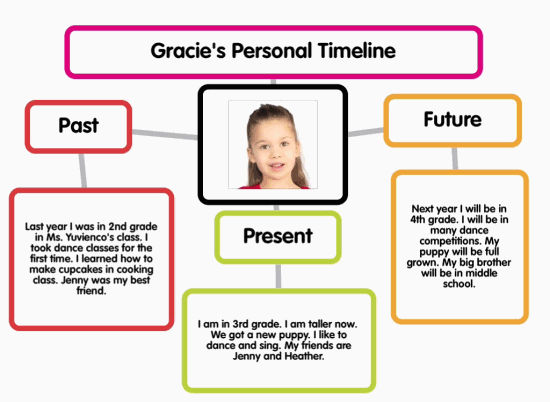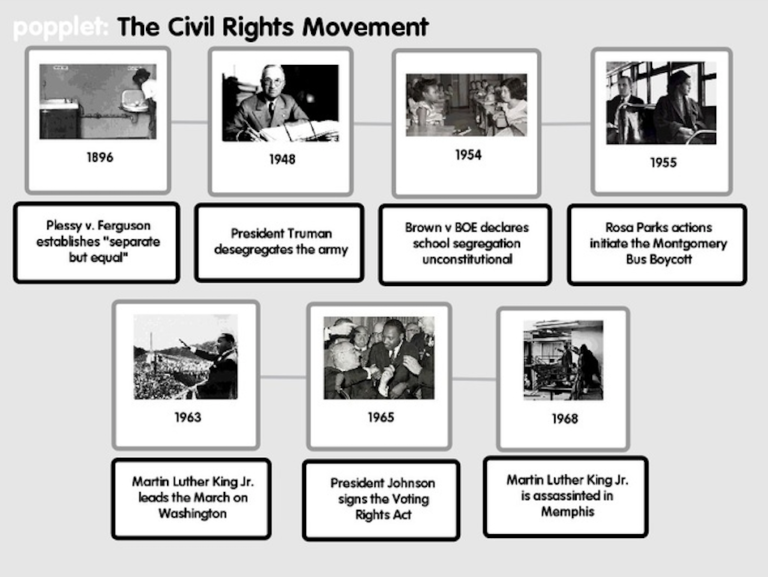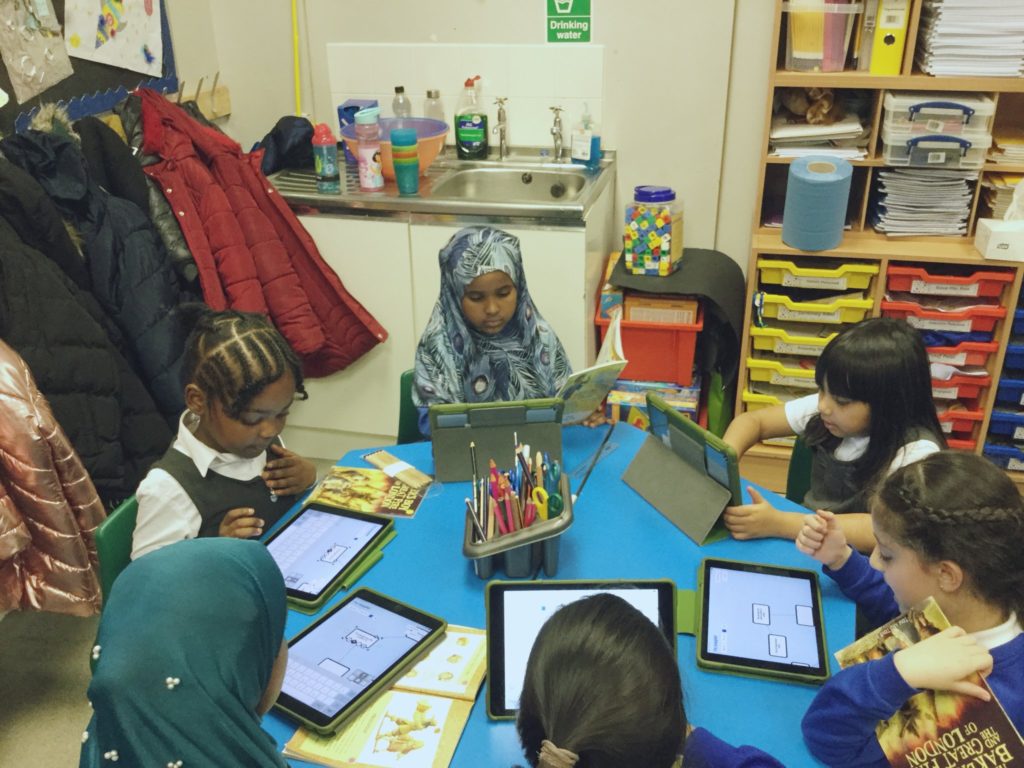Picture the scene: the ardent lead detective questions his team – anxiously huddled close by – about any new information in the hunt for the criminals. He pushes, he prods, he orders, he pleads with his fellows to think hard; time is running out. Now cast your eyes to the wall behind the lead detective, what are the detectives staring at?
Images of suspects or “persons of interest”, significant events in date order, addresses, car registrations, any and every piece of information that will help the detectives crack the case. This is the timeline, an interactive representation of the facts, and from it, if they look hard enough, they may just glean enough information to catch the bad guys and save the day. Of course, this is what we see in films and on TV, but it’s obvious enough that timelines such as these are used by real-life detectives. They could just make lists on A4 paper and discuss their findings this way, but that’s not what they do – why not? Elementary: a visual representation of facts like a Popplet, for example, sets neurons firing and makes for a highly effective investigative tool.
It’s not only law enforcement who benefit from using timelines. Timelines are a useful and even essential tool in many different types of situation:
- Studying events – any event can be broken down and its parts placed in the order they happened.
- History – any historical event or fact can be visualized on a timeline
- Biography – leader, writer, artist…
- Projects – from going on holiday to setting up a new company
- Autobiography – all about you and the milestones of your life
- Process – any process that benefits from the recording of significant events
- Books, stories, films – explain and understand what’s going on
- Writers use Popplet to create timelines for their work
…in reality, any set of events that can be set in chronological order and the significance of each event represented and maybe explained in some way. Timelines serve practically everyone and every subject. And if you’re searching for the perfect timeline tool, try Popplet.
Popplet uses colors, text, images, videos, and even drawings to represent ideas or events. Powerful editing tools allow for the creation of first-class visuals. Popplet has two presentation modes, for when it comes to presenting. Popplet users can add collaborators to their work, allowing multiple participants to contribute to a single timeline.
We have brought together a few examples of how to use Popplet for the creation of timelines.
The Civil Rights Movement in the USA
History is made second by second, hour by hour, year by year. It’s important to see the bigger picture and to understand the pivotal moments in any struggle. The “Civil Rights Movement” popplet below is a very good example of a simple but powerful timeline that represents a chapter of American history:
Biography of Mr. Albert Einstein
“Mr.” certainly does seem a little humble for Albert Einstein but he was, in fact, a very humble man and would probably have preferred the title this student has given him in this popplet which tells of the life of the world’s best-known genius.
Biographies are told in chronological order. @poppletny @Seesaw @msmorgan2012 @gccisd_edtech @GCCISDLiteracy @jtclarkcowboys pic.twitter.com/gjGyp9gl8u
— Melissa Madden Truncale (@MaddenTruncale) November 7, 2019
This popplet has been made into a video and given sound by adding it to Seesaw.
War! What Is It Good For? – Absolutely Nothing!
The famous words of the infamous James Brown. Is he right? Whether he is or not is beyond the scope of this post. However, it’s through studying and learning the causes of devastating events such as war that we can maybe prevent their repeat. Primary 7C from Balbardie Primary School, Scotland created these popplets about Hitler’s rise to power and the key events of WW2:

The Great Fire of London
Nothing happens without a reason, and that’s certainly true of the Great Fire of London: the day one of the planet’s biggest cities burnt to the ground. An investigation was held, the facts were found, and much of the protections we have in place against the danger of fire began after this disaster. Primary 2A, form Northmead Academy, England enthusiastically created their popplet timelines after researching the fire:
Learning to Differentiate the Past, Present, and Future Using a Timeline
Timelines can be useful when learning the finer points of grammar in the early literacy class, or just to get to know each other and ourselves better. Have a look at Gracie’s Personal Timeline:

A History of Coca-Cola Bottles
Finally, feast your eyes on this almost entirely visual timeline that presents the entire history of the Coca-Cola bottle. Even if it’s not your favorite tipple, it’s certainly an enticing and interesting way to learn a little about a product or company and their history:
Are you hunting down a good tool for timeline creation? If you are Popplet’s hands are up- we did it, and we will surely do it again. Guilty as charged!
Have you created any timelines using Popplet? If you have, why not share them with the Popplet community? Follow Popplet on Twitter or on our Facebook page.

